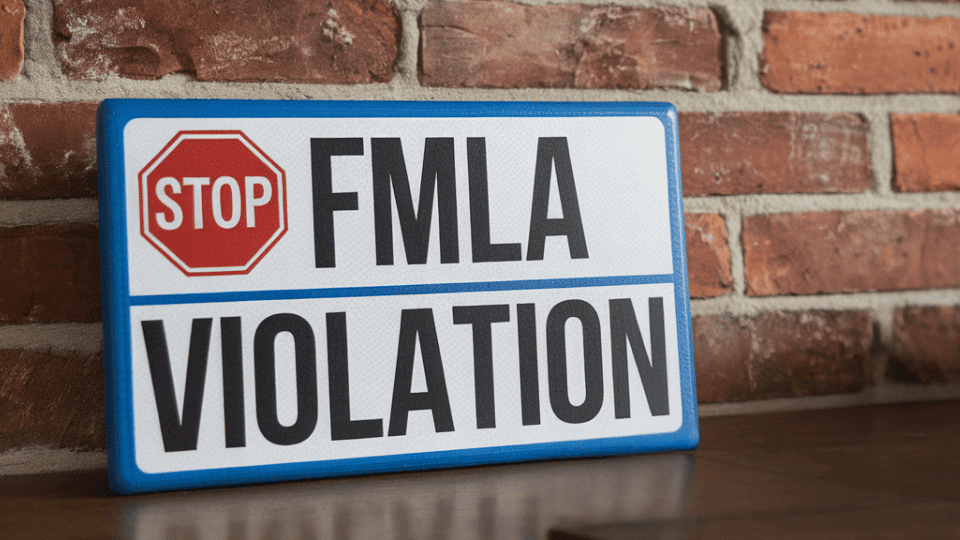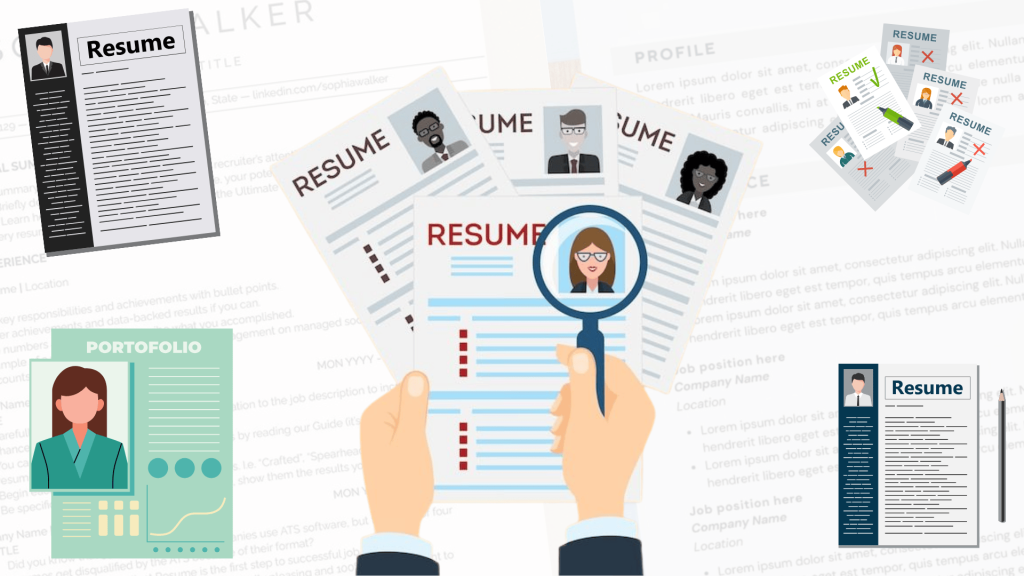The Family and Medical Leave Act (FMLA) protects employees who need time off for personal or family health reasons.
Unfortunately, many workers face challenges when employers do not follow these rules.
This can result in violations of the FMLA.
Knowing your rights and how to respond is essential to protect yourself.
This Blog will help you identify examples of FMLA violations and provide practical steps to protect yourself from unfair treatment related to your leave.
Understanding FMLA Rights
The FMLA provides eligible employees with up to 12 weeks of unpaid leave for serious health conditions, caring for a family member, or to care for a newborn child or to adopt a child.
It ensures job protection during this period and mandates the employer to continue providing health insurance benefits.
Before diving into how to recognize violations, let’s briefly outline who is eligible for FMLA:
Eligibility Criteria for FMLA:
- Worked for the employer for at least 12 months.
- Worked 1,250 hours in the past 12 months.
- The employer has 50+ employees within a 75-mile radius.
Rights Under FMLA:
- Right to take leave for personal or family health issues.
- Right to return to the same or an equivalent job after leave.
- Protection from retaliation for taking leave.
Recognizing Signs of FMLA Violations

Employers are required to follow FMLA guidelines, but some fail to do so.
Key signs of FMLA violations by employer include denial of leave without cause, retaliation, and failure to restore your job after leave.
- Denying FMLA leave without a valid reason
- Retaliating or discouraging leave requests
- Forcing work during FMLA leave is a violation
- Unfair job changes after leave violate the FMLA rights
- Changing pay or benefits during FMLA leave is an unlawful violation
Common Examples of FMLA Violations
Here are some common examples of FMLA violations by employers, explained in simple terms to help you easily recognize them:
1. Refusing FMLA Leave
Denying a qualified employee’s request for FMLA leave without a valid reason is a direct violation.
Eligible employees are entitled to take leave for personal or family health reasons, and employers cannot arbitrarily refuse this leave.
2. Punishing Employees for Taking FMLA Leave
Employers are prohibited from penalizing employees for using FMLA leave.
This includes demotions, reductions in hours, negative performance evaluations, or other retaliatory actions.
3. Incorrect Attendance Tracking
Using FMLA leave against attendance records or penalizing employees for absences taken under FMLA is unlawful.
Leave should not affect performance ratings or disciplinary measures.
4. Not Returning You to Your Job
After completing FMLA leave, employees have the right to return to the original position or an equivalent one.
Failure to reinstate violates both FMLA protections and employment rights.
FMLA Violations by Employers in Different Regions
| State | Common Violations | What Employees Should Do |
|---|---|---|
| Florida | Denying leave; not reinstating jobs | Keep records; contact the Department of Labor |
| Texas | Misclassifying employees; retaliation | Document everything; consult labor offices |
| California | Refusing leave; changing job duties | File with federal & state agencies (CFRA) |
| New York | Not informing rights; attendance penalties | Maintain written leave requests & communications |
| Other States | Denial of leave; retaliation; lost benefits | Know federal & state rules; keep records |
FMLA protections apply nationwide, but enforcement and common violations can vary across states.
Understanding regional trends enables employees to identify potential issues and exercise their rights more effectively.
Employees should stay informed about FMLA violations by employers in different regions of Texas and other regions to ensure their leave rights are fully protected.
What to Do if You Experience an FMLA Violation?

If you believe you are experiencing an FMLA violation by employers, here are the important steps to protect yourself:
- Document Everything: Keep detailed records of emails, letters, and conversations related to your FMLA leave.
- Communicate with HR or Employer: Address concerns directly to clarify misunderstandings and resolve issues internally.
- File a Complaint: If the issue remains unresolved, contact the Department of Labor or a relevant agency to investigate and enforce your rights.
- Consult an Attorney: For serious violations, a labor law attorney can guide you on legal options, including potential lawsuits.
Preventing FMLA Violations: Tips for Employees
To avoid FMLA violations by employers and protect your rights, it’s important to take proactive steps.
By staying informed and following proper procedures, you can ensure your FMLA leave is respected and your job remains secure.
- Learn about your FMLA rights: to identify potential employer misconduct.
- Clearly communicate: and provide documents to secure your leave approval.
- Keep copies: of all requests and employer responses for evidence if needed.
- Raise concerns promptly: with HR or legal advisors to resolve issues effectively.
Conclusion
FMLA protections are crucial for employees who require time off for personal or family health reasons.
Understanding your rights and recognizing potential violations helps ensure your leave, job security, and benefits are fully protected.
Staying proactive not only safeguards your own rights but also fosters a fair and equitable workplace.
Your actions not only secure your position but also promote fairness and accountability for all employees.
Share your thoughts or experiences in the comments below!
Frequently Asked Questions
How Can I Verify if My Employer Complies with FMLA Rules?
Review your company’s leave policies and compare them with federal FMLA standards to identify any issues.
What Must an Employer Do when I Request FMLA?
Employers should clearly explain their rights and process leave requests without unnecessary delay.
Can FMLA Leave Be Extended Beyond 12 Weeks?
Federal law limits FMLA to 12 weeks, though some states or employers may offer additional leave options.










